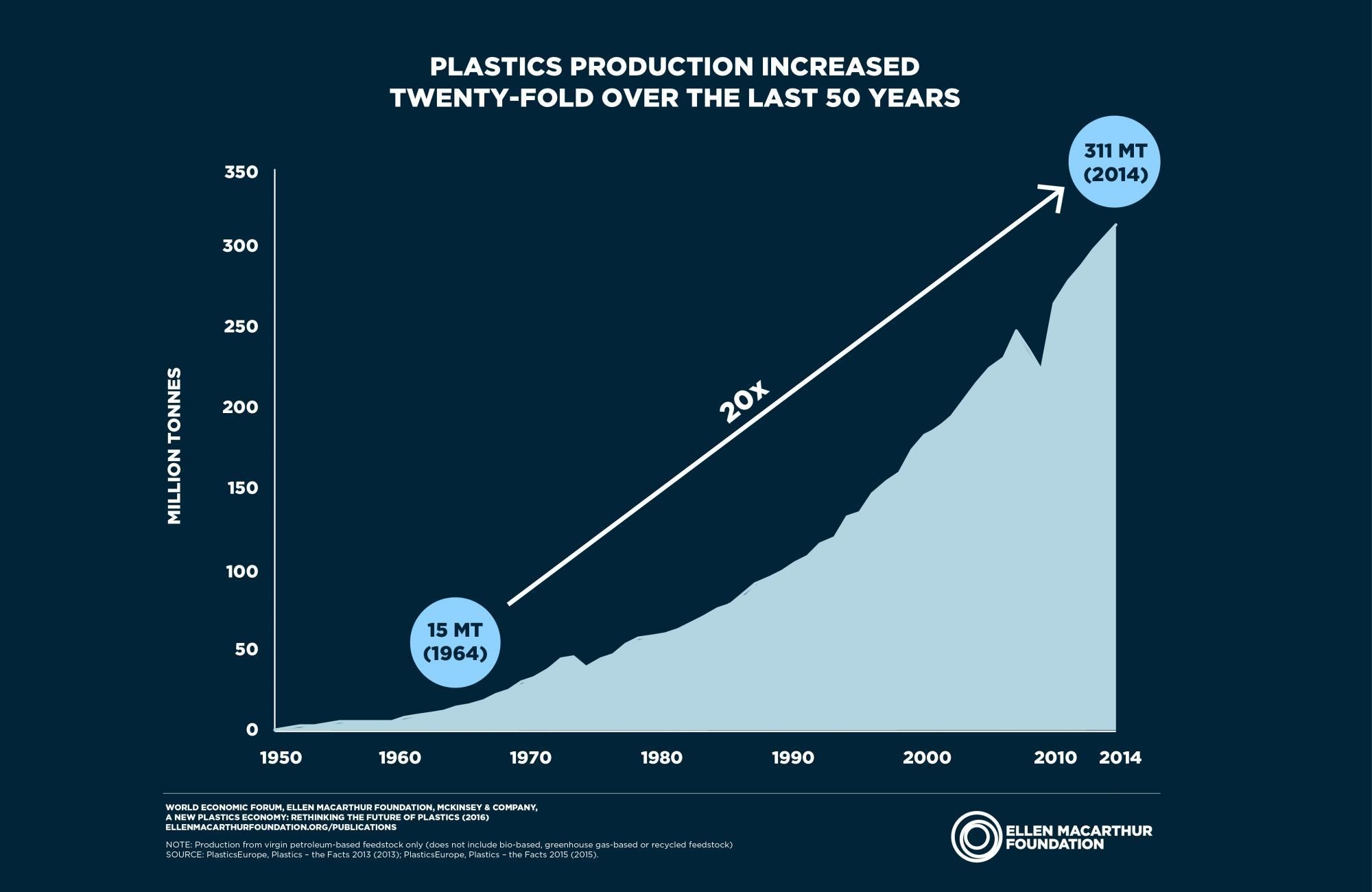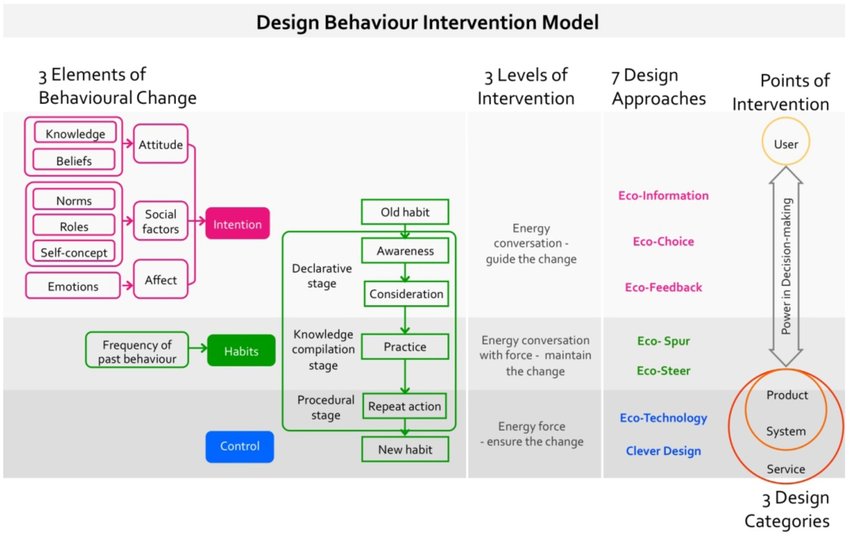Why is the Cap Suddenly Attached to My Bottle? A Way to Transform Plastic Disposal Behaviour
In the face of an environmental crisis, the disposal of different types of plastic, including high-density polyethylene plastics and waste plastic, poses monumental challenges to the environment, impacting both our planet’s well-being and human health. The problem of plastic pollution has grown exponentially, leading to the urgent need to reduce plastic pollution through innovative strategies in plastic waste management and plastic recycling. With a million tonnes of plastic ending up in oceans and landfills every year, it’s evident that traditional methods of dealing with plastic waste are inadequate. But why is the disposal of plastic such a major problem, and what can be done about it? As the magnitude of this plastic disposal problem grows, so does the urgency to find innovative solutions. One such initiative, the attachment of lids to plastic bottles, hints at the importance of design in steering consumer behaviour towards responsible disposal and recycling.
Plastic Pollution’s Magnitude
The contemporary world is facing a significant increase in plastic production, further escalating the amount of plastic waste and pollution.
Learn more
Despite the number of benefits of plastics, such as flexibility, durability, and their lightweight nature, these same properties contribute to their persistence in the environment when not disposed of correctly, causing extensive harm to the environment.
The staggering volume of plastic waste, and especially the waste from single-use plastics like plastic bags, has overwhelmed waste management systems, for instance in regions such as the United States. The majority of this waste plastic includes items such as paper packaging, contributing to the urgent need for effective plastic waste management and energy recovery practices. This alarming rise in plastic pollution has serious implications for ecosystems, as millions of tonnes of plastic end up polluting our oceans annually, disrupting marine ecosystems, and leading to a loss of biodiversity.
The effects of improper disposal are long-lasting and devastating, contributing to solid waste that ends up polluting water and air. In landfills, certain types of plastic can take hundreds to thousands of years to decompose, leaching harmful chemicals into soil and water. In oceans, plastics break down into microplastics, causing internal damage to marine life. We must take immediate action to address the environmental challenges posed by plastic pollution, as it continues to pollute at an unprecedented rate.
“Today, we produce about 400 million tonnes of plastic waste every year.”
– United Nations Environment Program

Plastic production increase. Source: Ellen MacArthur Foundation.
“And only 9% of plastic waste is successfully recycled.”
– Organisation for Economic Co-operation and Development report
Why Do We Waste So Much Plastic?
That is an essential question to address, as well as: why do we so often not appropriately dispose of plastics, why is the amount of plastic waste so high, and how does it contribute to the growing problem of plastic pollution? The answer lies in a combination of factors related to the modern consumer habits, our behavioural patterns and the convenience-driven culture. Our dependence on different types of plastics and the way we manage waste plastic, including recycled plastic, require a thorough review. In the first place, for instance our lives are filled with single-use plastics, from food packaging to disposable cutlery. These products, often chosen for their convenience, have led to an overwhelming amount of waste. Moreover, part of the waste is caused by over use of plastics when the plastics are disposed of before they have reached the end of their functional life. Therefore, change is not merely desirable; the challenge of reducing plastic waste is urgent and requires immediate attention. To do so, we first need to understand: what drives our current behaviour? Several aspects that contribute to this trend:
1. Lack of Awareness
Many may not understand the environmental impact of single-use plastics or know that alternatives, like recycling or reusable products, can be used to reduce plastic pollution.
2. Availability of Alternatives
In some cases, reusable or biodegradable options might not be readily available or cost-effective.
3. Social Norms
Cultural norms often favour convenience over sustainability, making it difficult to reduce the number of single-use plastics rather than embracing sustainable options.
4. No motivation
The convenience-driven culture overshadows the dire consequences of improper disposal.

Plastic waste clogs waterways in Bangladesh. Source: Future Publishing/Getty Images.
Can Design Transform Our Relationship with Plastic?

Design Behaviour Intervention Model Diagram. Source: Tang and Bhamra, 2011.
Design plays a crucial role in influencing positive consumer behaviour towards plastic disposal. It can guide, maintain, and ensure change, according to the Design Behaviour Intervention model. At the outset, design helps guide this change by creating intuitive products and clear visual cues. These cues incentivise consumers to make the decision to properly dispose of plastic. Through well-thought-out innovative design solutions, even seemingly minor ones, a new pathway opens to influence consumer behaviour, making responsible plastic disposal and plastic recycling not just a possibility but a norm.
Encouraging this positive change is more than just a physical design alteration; it’s about instilling a new mindset. Simple design cues serve as daily reminders, encouraging for instance proper recycling behaviour of plastic waste and bridge the gap between awareness and action. This process shows how design can go beyond mere aesthetics; it demonstrates how design can be a powerful tool to initiate change in consumer behaviour. By aligning form and function with environmental stewardship, we gain a broad perspective on how design is a vital weapon in the battle against plastic pollution, catalysing a shift in how we perceive and interact with the plastic products we use daily.
Steering Consumer Behaviour: A Case Study on Attached Caps
The challenge of proper disposal of plastic can be addressed through innovative solutions such as attaching lids to plastic bottles, as required as of 2024 by the European Commission. Many regions still lack the public awareness of recycling protocols for example. By making recycling easier and more intuitive, this design change can steer individuals towards responsible consumption and disposal habits. In turn, this holds the potential to minimise plastic’s negative impacts on the environment, paving the way for a more sustainable future.
The introduction of attached lids to plastic bottles is a design innovation and development that directly addresses the challenges of the plastic waste problem., this change promotes proper recycling practices for waste plastic and acts as a means to enhance consumer behaviour. As such a simple design change guides consumers to dispose of plastics correctly, it serves as a cue for proper recycling behaviour. By securing lids to bottles, consumers are more likely to recycle the entire unit properly. Even though the design change is seemingly small, its impact is notable and encourages proper disposal and recycling, thereby reducing plastic waste.
Of course, this design change is not without its challenges, such as potential manufacturing complexities or costs. However, the broader environmental benefits, from reducing plastic waste to promoting sustainable practices, far outweigh these concerns. Real-world examples like these, have demonstrated a notable increase in proper disposal of plastics. This case study therefore underscores how design can be a potent tool to shift consumer behaviour, enhancing plastic recycling and reducing plastic waste. Here’s how it works:
1. Growing Recycling Rates
With the practice of attached caps, entire bottles are more likely to be recycled, increasing the recycling rates.
2. Behavioural Shifts
This visual and functional change educates consumers and enhances awareness. It alters behaviours, fostering positive attitudes towards recycling and responsible disposal.
3. Ease of Recycling
Depending on the types of plastic, with the cap attached, the entire bottle can be recycled as one piece, making the process more straightforward for consumers.
4. Prevention of Loss
Caps often end up in landfills because they are lost or discarded separately. The new design to produce them is attached to the bottle, increasing the chances of proper recycling.
5. Intuitive Design
By attaching the lid to the bottle, consumers are subtly guided to dispose of the entire unit as one piece. This prevents the lids from getting lost and promotes recycling.
6. Educational Impact
The attached lids act as a visual cue, reminding consumers about recycling and responsible waste disposal of the plastic, making it a part of the product’s narrative.

An example of Coca Cola’s tethered caps. Source: Coca-Cola Europacific Partners.
Take Control of Plastic Disposal
The question of how to deal with plastic waste is not one that can be answered simply. The attachment of caps to plastic bottles is just one example of how design changes can make a significant impact. From understanding the environmental implications of improper disposal to recognising the power of design in influencing consumer behaviour, we possess the tools to make a difference. Our collective actions can lead to a future where plastic is treated with the respect and responsibility it demands. The journey to a sustainable future requires a comprehensive understanding of the issues at hand and a willingness to embrace innovative solutions. Your waste management decisions also make an impact on waste production and the environment. So take charge and join us on taking a step towards a more sustainable future. Please reach out if you share the same interest, we would love to talk to you about the posibilities to work together!
